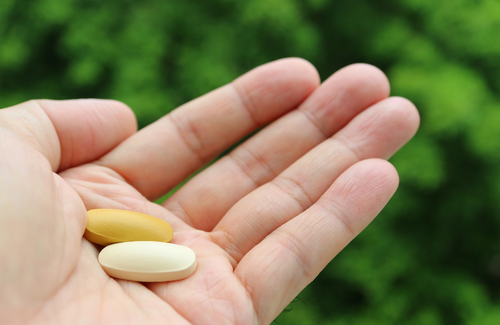
The average annual per patient cost of HIV treatment and care in the US was $19,912, investigators report in the online edition of AIDS. The analysis was based on 2006 figures.
Costs were highest for those with a CD4 cell count below 50 cells/mm3. This was due to the high cost of inpatient care. For patients with a CD4 cell count above this level antiretroviral therapy was the most expensive element of care.
“HIV healthcare in the United States continues to be expensive,” comment the researchers. They warn that costs are likely to increase in coming years due to the ageing of the HIV population.
Existing estimates of the costs associated with HIV treatment and care in the US date from the early years of antiretroviral therapy. In 1998, it was calculated that the annual cost of treating a patient with HIV was $18,300. Since then there have been major advances in antiretroviral therapy and HIV care and the prognosis of many patients is now excellent. Therefore earlier cost estimates are now only of historic interest.
To gain a better understanding of the costs of contemporary HIV treatment and care investigators analysed information gathered from ten large clinics across the US. Data from 2006 was analysed illustrating the costs of: inpatient care, outpatient care, emergency care, antiretroviral therapy, other drug treatment, and medical monitoring.
The patients were stratified according to their CD4 cell counts to see if costs varied according to individuals’ immune status.
The average total cost of HIV care was $19,912 per patient per year.
Costs were highest for patients with advanced disease. The cost for providing care to each patient who died was $44,000. Total annual per patient cost for an individual with a CD4 cell count below 50 cells/mm3 averaged $40,678. This compared to $16,614 for those with a CD4 cell count above 500 cells/mm3.
Antiretroviral therapy cost an average of $9360 per year for each patient with a CD4 cell count below 50 cells/mm3. This compared to average annual costs of between $11,800 and $12,313 for those with higher CD4 cell counts. Antiretroviral therapy was most expensive for those with the highest CD4 cell counts.
For patients with a CD4 cell count above 200 cells/mm3, between 61-74% of all healthcare costs were attributable to HIV therapy. However, only 23% of expenditure on the most immunosuppressed patients was for HIV medications. For these patients, inpatient care most the most costly item. Commenting on these findings, the investigators write: ”people with severe immunosuppression may have extensive resistance, with few available treatment options, or may not be able to tolerate their medications”.
Costs varied according to risk group, and were lower for gay men ($18,990) than injecting drug users ($20,143). Costs also increased with age, and were only $11,854 for each patient aged under 29, compared to an average cost of $21,474 for every patient aged 50 and above.
“Overall costs of care increased as patients became more immunosuppressed”, comment the investigators. They add: “a substantial proportion of costs was attributable to antiretroviral medication. In patients with severe immunosuppression, inpatient services were the most expensive cost category.”
Of note, the estimated costs do not include those associated with mental health care, treatment for drug or alcohol abuse, or social services. Moreover, the investigators caution that the ongoing costs of HIV therapy and an increase in age-related illness means that “it is likely that the aggregate costs of HIV care will continue to increase for the foreseeable future.”
Gebo KA et al. Contemporary costs of HIV healthcare in the HAART era. AIDS 24, advance online publication, DOI: 10. 1097/QAD.ob012e32833f3c14, 2010 (for free abstract and for-fee full-text click here).

